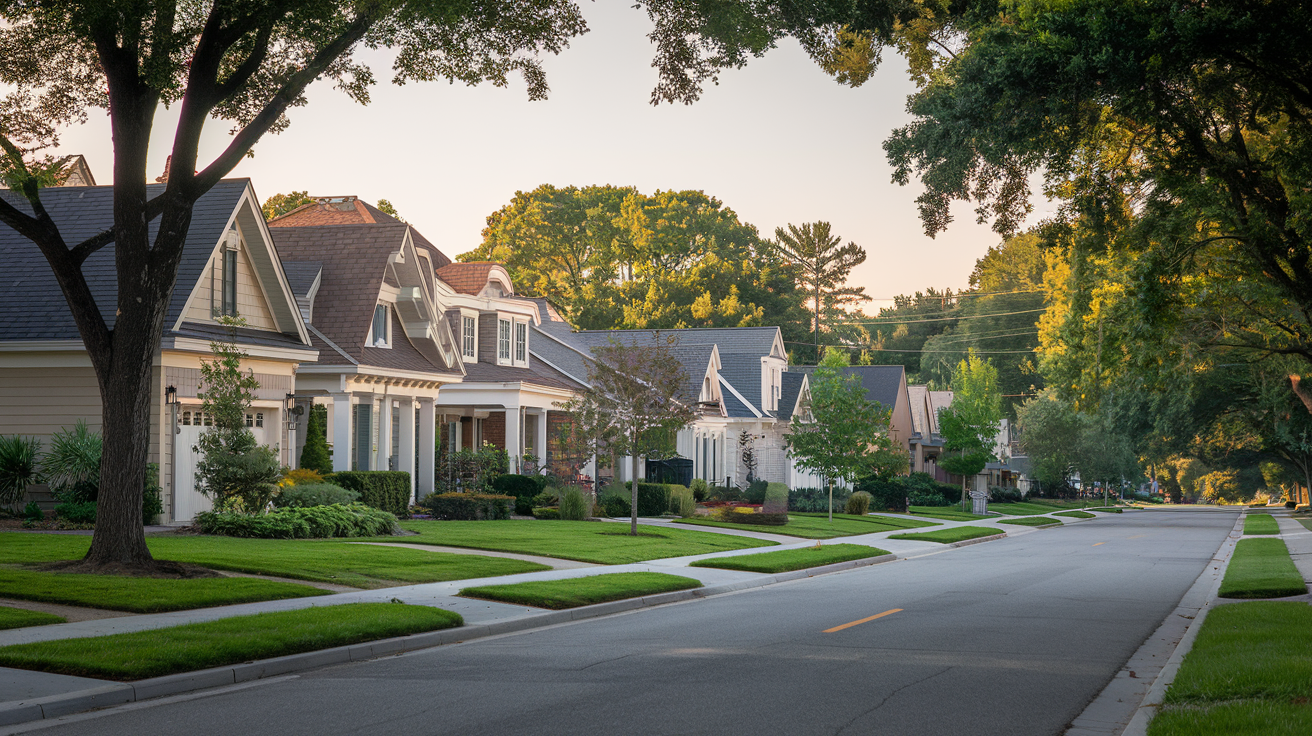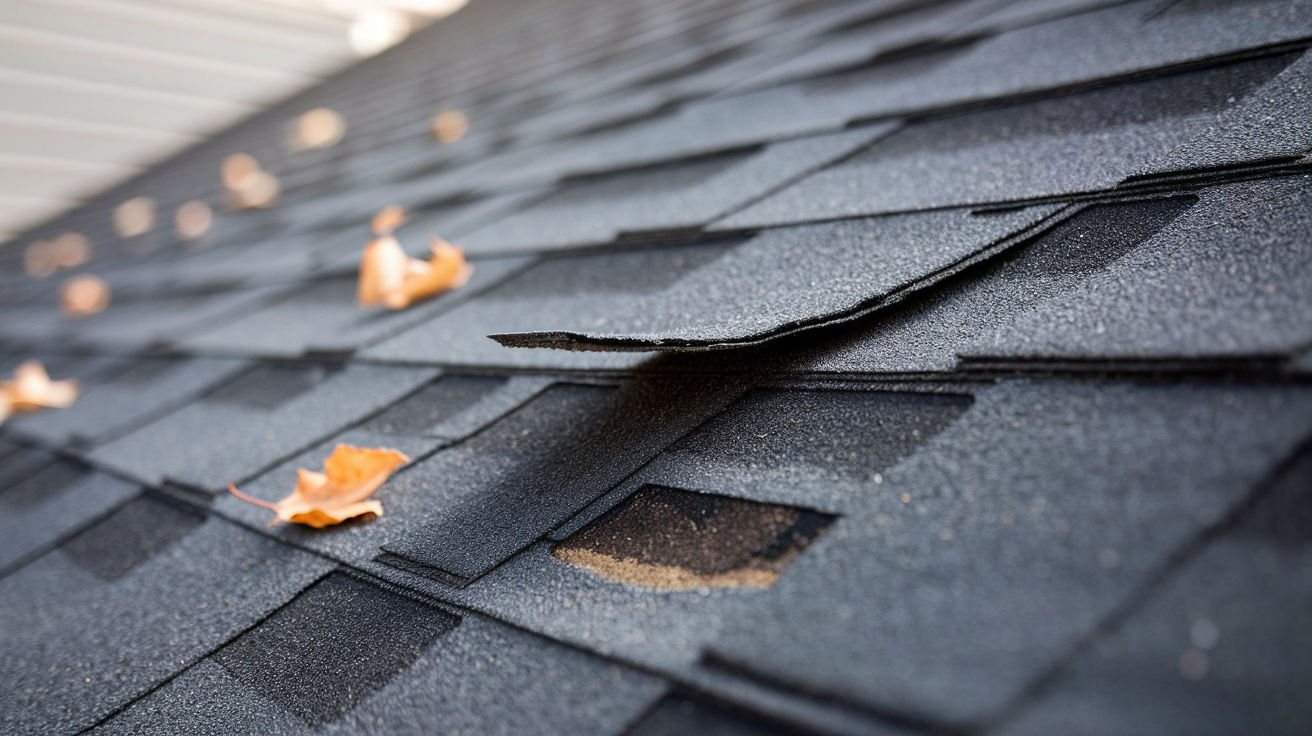Roof Ventilation Guide: Prevent Damage & Save 30% on Energy Bills
Is your home silently suffering from poor roof ventilation? Many homeowners don't realize that inadequate roof ventilation can slash their roof's lifespan by up to 24% while driving up energy costs by hundreds of dollars annually. Without proper airflow, excess heat and moisture become trapped in your attic, creating the perfect conditions for mold growth, ice dams, and premature roof aging.
The good news? Proper roof ventilation can extend your roof's life by 15-20 years while reducing energy costs by 10-30%. This comprehensive guide will show you how to identify ventilation problems, choose the right solutions, and maintain your roof ventilation system for maximum effectiveness. You'll learn why the Canadian National Building Code mandates ventilation for insulated roofs and how proper airflow protects your home in every season.
Whether you're dealing with high energy bills, uneven indoor temperatures, or concerned about protecting your roof investment, understanding proper ventilation is crucial. Let's explore how this often-overlooked aspect of home maintenance can save you thousands in repairs and energy costs while ensuring your home stays comfortable year-round.
- The Importance of Roof Ventilation
- How Roof Ventilation Works
- Benefits of Proper Roof Ventilation
- Identifying and Addressing Ventilation Problems
- Cost Implications and Maintenance of Ventilation Systems
The Importance of Roof Ventilation
Roof ventilation is crucial for maintaining a home's structural integrity and energy efficiency. Proper ventilation regulates temperature and moisture in the attic, extending the lifespan of roofing materials. Without adequate ventilation, homeowners may face problems like mold growth, ice dams, and higher energy bills.
Key Statistics on Roof Ventilation
The benefits of roof ventilation are supported by data:
- Energy Savings: Homeowners can save 10-30% on energy costs with proper roof ventilation, translating to substantial annual savings.
- Increased Roof Lifespan: Studies suggest that well-ventilated roofs can last 15-20 years longer than poorly ventilated ones, offering significant long-term financial benefits.
- Reduced Indoor Temperatures: Proper ventilation can reduce peak indoor air temperatures, creating a more comfortable living environment and reducing reliance on air conditioning.

Common Misconceptions About Roof Ventilation
Several misconceptions about roof ventilation persist:
- Myth 1: Ventilation is Only for Hot Climates: Ventilation is essential in all climates. It prevents moisture buildup, which can lead to mold and mildew regardless of temperature.
- Myth 2: Ventilation Damages Shingles: Venting has a minimal impact on shingle durability, affecting shingle temperature by only about 5%. Its primary function is moisture control, not shingle cooling.
- Myth 3: Ventilation Systems Are Too Expensive: While roof vents cost $30-$50 per linear foot, the long-term savings on energy and roof repairs make it a cost-effective investment.
Debunking Common Myths
- Ventilation is necessary in all climates, not just hot ones.
- Proper ventilation does not harm shingles; it controls moisture.
- Initial costs are outweighed by long-term savings.
Key Benefits of Roof Ventilation
Proper roof ventilation offers several key advantages:
- Extended Roof Lifespan: By preventing extreme temperature and moisture fluctuations, ventilation protects roofing materials from damage and premature aging.
- Improved Energy Efficiency: A well-ventilated attic helps regulate the temperature of the living space below, reducing the workload on heating and cooling systems.
- Enhanced Indoor Air Quality: Ventilation helps remove stale, polluted air from the attic, improving the overall air quality within the home.
- Protection from Extreme Weather: Proper ventilation moderates temperature fluctuations, protecting the roof from the damaging effects of extreme heat and cold.

How Roof Ventilation Works
Roof ventilation works by promoting the exchange of air between your attic and the outdoors. This airflow regulates temperature and humidity, protecting your roof's structure and improving energy efficiency.
Essential Components of Roof Ventilation Systems
Effective roof ventilation relies on a few key components working in harmony:
Intake Vents
Intake vents, often located under the eaves (soffits), draw fresh air into the attic. This incoming air helps displace the warmer, moisture-laden air that naturally rises into the attic.
Exhaust Vents
Exhaust vents, such as ridge vents along the roof's peak or gable vents at the roof's ends, allow the stale air to exit, creating continuous airflow through the attic.
Attic Space
The attic space itself plays a vital role in ventilation. A balanced system with ample airflow from sufficient soffit vents and proper insulation is essential.
Signs of Poor Ventilation
Roof inspectors look for specific signs to assess ventilation, including blocked vents, poor airflow, and excess attic moisture.
Different Types of Ventilation Systems
Different ventilation systems suit different homes and climates.
Passive Ventilation
Passive systems, like ridge and soffit vents, rely on natural airflow. They are generally cost-effective and low-maintenance.
Active Ventilation
Active systems use powered fans to boost air circulation, useful in extreme climates or for flat roofs where natural ventilation can be less effective.
Solar-Powered Ventilation
Solar-powered vents offer an energy-efficient option, using the sun's energy to power the ventilation system.
Benefits of Proper Roof Ventilation
Roof ventilation prevents costly damage, lowers energy bills, and extends your roof's life.
Prevention of Moisture-Related Damage
Proper roof ventilation prevents moisture buildup, which can lead to mold, mildew, and rot. This reduces repair costs and avoids early roof replacement.
Enhancing Energy Efficiency
A well-ventilated roof improves your home's energy efficiency by regulating attic temperatures, reducing your cooling system's workload, and lowering energy bills by 10-30%.
Extending the Roof's Lifespan
Proper roof ventilation significantly extends your roof's life by preventing excess heat and moisture from accelerating the aging of roofing materials.
Identifying and Addressing Ventilation Problems
Understanding and addressing ventilation problems in your roof is crucial for maintaining your home's structural integrity and longevity.
Warning Signs of Poor Ventilation
Recognizing signs of poor ventilation, such as ice dams in winter and higher energy bills, is the first step in addressing the issue.
Uneven Temperatures
Uneven temperatures often mean your upstairs rooms are much hotter in the summer than downstairs.
Moisture and Attic Heat
An overheated attic, combined with moisture, can damage both decking and shingles.
Effective Solutions for Ventilation Issues
Implementing effective solutions, like installing ridge vents, soffit vents, and gable vents, is key to extending roof lifespan and energy savings.
Regional Considerations for Ventilation
Regional climate and environment significantly influence the right ventilation strategy.
Cold Climates
Homes in colder climates must consider ice dam formation, mitigated by maintaining a consistent roof temperature through ventilation.
Humid Regions
In humid regions, the focus should be on reducing moisture to prevent mold growth.
Cost Implications and Maintenance of Ventilation Systems
Roof ventilation systems are essential for protecting your home and extending the life of your roof.
Cost Breakdown of Different Ventilation Solutions
Understanding the costs associated with different ventilation solutions is crucial for making informed decisions.
Maintenance Tips for Longevity of Ventilation Systems
Regular maintenance is essential for maximizing the lifespan and effectiveness of your roof ventilation system.
Expected Lifespan of a Roof Vent
A properly installed roof vent can last 15-25 years or more.
Maintenance Checklist
- Regular Inspections: Inspect your vents annually for blockages, damage, or wear.
- Clean Vents: Remove debris like leaves and dirt to ensure proper airflow.
- Check for Leaks: Look for signs of water damage around vents.
- Monitor Energy Bills: A sudden increase in energy bills could indicate a ventilation problem.
Long-Term Savings from Proper Ventilation
Proper roof ventilation offers substantial long-term savings by reducing energy costs and extending roof lifespan.
Energy Savings
Proper ventilation can reduce energy bills by 10-30%.
Extended Roof Lifespan
Adequate ventilation can significantly extend the life of your roof, avoiding costly replacements.
Disclaimer: This blog post is intended for informational purposes only and should not be considered professional roofing advice. Always consult with qualified roofing contractors and insurance professionals for specific guidance regarding your individual circumstances.
